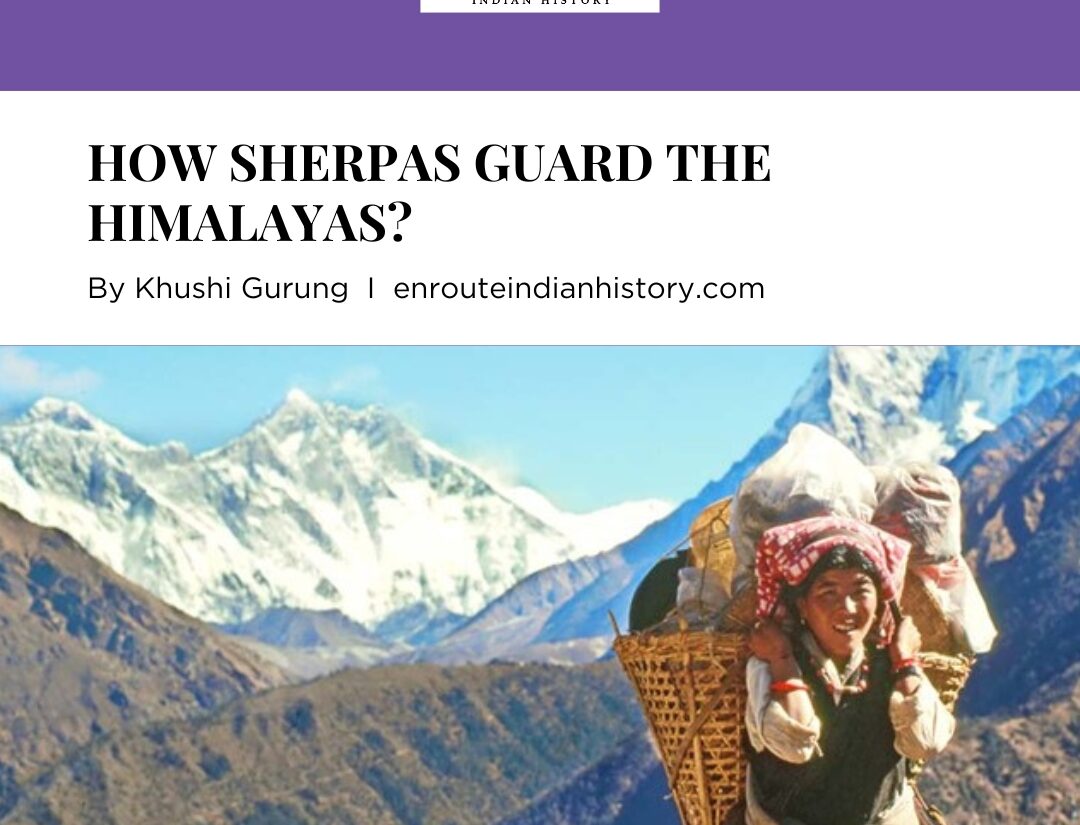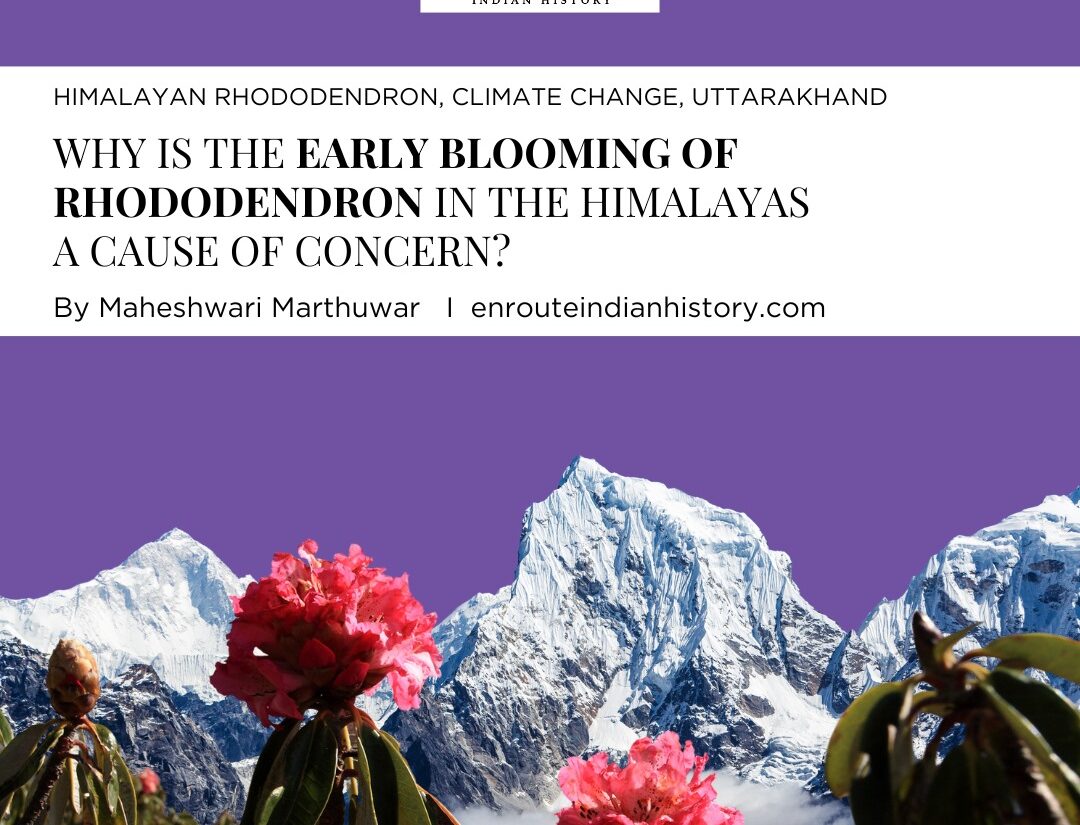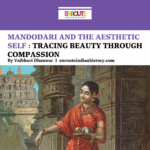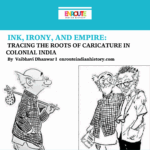The Wandering Wisdom Jataka Tales and the Travelers Who Shared Them
- EIH User
- April 4, 2024
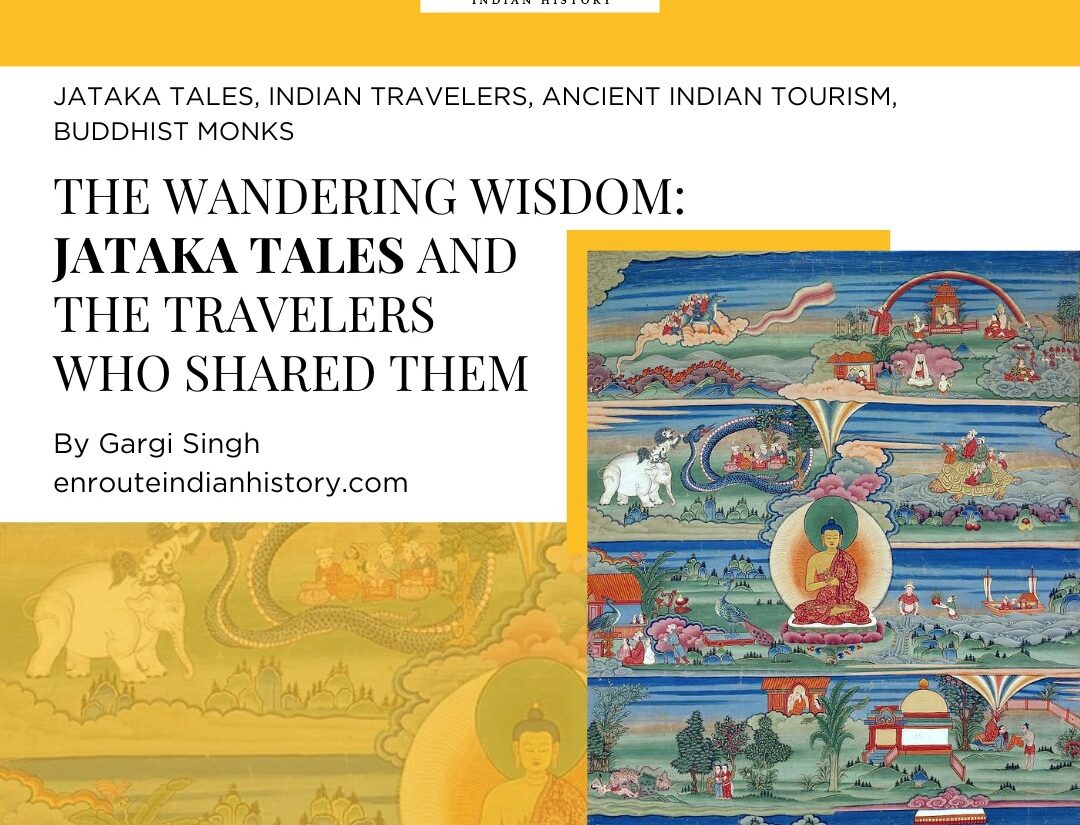
The Jataka Tales is a combination of more than 500 tales composed around the 3rd Century BCE to 2nd Century C.E. in Pali. It is placed in one of the 15 books of the Khuddaka Nikaya of the Sutta Pitaka, one of the Tripitaka or the Buddhist Pali Canonical text of the Hinayana sect, the Cariya Pitaka and the Buddhavamsa. This Hinayana sect focuses on the life of Buddha. In around the 5th Century C.E., a Sinhalese commentary by the Buddhist scholar Buddhagosa, we could incur about 550 Jataka tales composed in the Jatakatthavannana, or Jatakatthakatha.
The Jatakas, although peculiar to Buddhism followed or build up on popular folklore, narratives or characters, to reach to the masses. Like the Panchatantra Tales, the Jataka tales are also presented in “a tale in a tale” format, i.e., a tale would lay the basis for another tale. In such narratives, noticing a contemporary occasion a story prompt would begin, its deeper meaning set in another story in the past. In the end, Buddha may define links between lives of people in the present story and the characters from the past. In these stories, Buddha may appear as an elephant, advisor, king etc. in a virtuous form, which was him in his past lives, as a Bodhisattva. Jataka Tales form the artistic magneticity of many important Buddhist architectures too.
Many tales in the Jatakas were pertaining to the traders and travelers. The characters and situations into these stories may not be representable as historical facts but they may give us an idea of the travels and travelers of ancient India.
Jataka Tales are not just stories but profound repositories of wisdom. These tales, originating from India, have journeyed across borders, transcending cultural and linguistic barriers, enriching the lives of people across diverse regions. At the heart of this dissemination lie the travelers—monks, merchants, and pilgrims—who traversed the ancient trade routes, carrying with them not only goods but also the invaluable teachings embedded in these tales.

(Image Description: A scene from Mahakapi Jataka story of The Mango Tree and the Jealous King from the Sanchi Stupa
Source: Biswarup Ganguly via Wikimedia Commons)
Crossing Borders: Jataka Tales in Different Cultures
The spread of Jataka Tales beyond the Indian subcontinent underscores their universal appeal and timeless relevance. As these narratives traveled along the Silk Road and maritime routes, they encountered diverse cultures, adapting and assimilating while retaining their core ethical teachings. In Southeast Asia, for instance, the Jataka Tales took root in countries like Thailand, Cambodia, Laos, and Myanmar, where they became integral to local folklore and religious practices. Similarly, in Central Asia like Tibet and China, these tales found resonance among Buddhist communities, influencing literature, art, and moral philosophy.
The Jatakas have various accounts about long caravan journeys with people travelling on foot, bullock carts, chariots, and palanquins. There are references for traders and travelers resting in during the long journeys. Also is the reference of ports and merchants travelling by ships. Hence, Jatakas mention long-distance trade over land, rivers, and sea. There are mentions of regions like Suvarnadvipa or South-east Asia, Ratnadvipa or Sri Lanka and Baveru or Babylonia, wherein the Indian traders had ventured.
The Jatakas also highlighted the importance of cities which were formed for specialized merchandise of certain goods like for silk, fine muslin and sandalwood, there was Varanasi, and for red blankets, there was Gandhara.
The remarkable adaptability of Jataka Tales is evident in their integration into non-Buddhist cultures as well. Even beyond Asia, Jataka Tales found their way into Western literary and artistic expressions, captivating the imaginations of scholars and artists alike. This cross-cultural diffusion not only enriched the collection of global folklore but also fostered a shared ethical framework that transcended geographical boundaries.

(Image Description: Leshan Giant Buddha statue in China
Source: George A. German via Pinterest)
Role of Travelers in Preserving and Transmitting Wisdom
Central to the dissemination of Jataka Tales were the travelers who traversed the ancient trade routes, connecting distant lands and facilitating cultural exchange. Monks embarked on perilous journeys, carrying scriptures and teachings, while merchants, driven by commerce, inadvertently became conduits of knowledge. Along their travels, these individuals encountered diverse communities, engaging in dialogue, and disseminating wisdom through storytelling.
Monastic travelers, in particular, played a crucial role in preserving and transmitting Jataka Tales. As they embarked on pilgrimage circuits or missionary expeditions, they carried with them not only religious texts, but also oral traditions passed down through generations. Monasteries along the trade routes served as centers of learning and cultural exchange, where travelers exchanged tales and teachings, enriching the collective wisdom of humanity.
Merchants, too, played an instrumental role in the transmission of Jataka Tales. Caravan routes, bustling with commerce, became conduits for the exchange of ideas and narratives. Merchants, traversing distant lands in pursuit of trade, carried with them not only commodities but also cultural artifacts and stories. Through their interactions with diverse communities, they facilitated the dissemination of Jataka Tales, contributing to their widespread popularity and enduring legacy.
For instance, In Shankha Jataka, a story of a Brahman by the name Shankha is mentioned who was financially ruined because of his extravagant habits. To retrieve his sunken fortunes, he decides to try trading by building up a ship and loading it with cargo. He then bade farewell to his relatives and heads to the port along with his servants to sail towards Suvarnadvipa (South-East Asia).

(Image Description: Bhutanese painted thanka of the Jataka Tales, 18th-19th Century, Phajoding Gonpa, Thimphu, Bhutan
Source: Public Domain via Wikimedia Commons)
Modern Interpretation and Application of Jataka Tales
In the contemporary world, Jataka Tales continue to inspire and resonate with audiences across cultures. Their timeless wisdom, encapsulated in narratives of compassion, morality, and selflessness, finds relevance in addressing contemporary ethical dilemmas. Scholars, educators, and storytellers continue to draw upon these tales to impart moral values and foster empathy in a rapidly changing world.
Moreover, Jataka Tales have found new mediums of expression in literature, art, and media. Contemporary authors reinterpret these ancient narratives, infusing them with modern sensibilities while retaining their core moral essence. Similarly, visual artists and filmmakers draw inspiration from Jataka Tales, using them as allegorical frameworks to explore themes of human nature and societal dynamics.
Furthermore, the ethical teachings embedded in Jataka Tales have implications beyond individual morality. In fields like psychology, sociology, and environmental ethics, these tales offer valuable insights into human behavior, social relationships, and ecological stewardship. By engaging with these narratives, scholars and practitioners may seek to address contemporary challenges and cultivate a more compassionate and sustainable world.


(Image Description: Modern book tales for
Children, Buddha Stories for Kids
Source: Penguin Random House via Pinterest)
References
Bowie, Katherine A. “The historical vicissitudes of the Vessantara Jataka in mainland Southeast Asia.” Journal of Southeast Asian Studies (2018): 34-62.
Chandra, Moti. Trade and Trade Routes in Ancient India. New Delhi: Abhinav Publications, 1977.
Davids, T. W. Rhys. Introduction to the Jataka Stories from Buddhist Birth Stories. New Delhi: Asian Educational Services, 2021.
Sharma, Dr. Mandira. Jatakas: the many lives of Buddha as Bodhisattva. March 2024. March 2019.
Singh, Upinder. A History of Ancient and Early Medieval India. Pearson , 2009.
The Editors of Encyclopedia, Britannica. Jataka. May 2022. Webpage. March 2024. <https://www.britannica.com/topic/sutra>.
- May 15, 2024
- 6 Min Read
